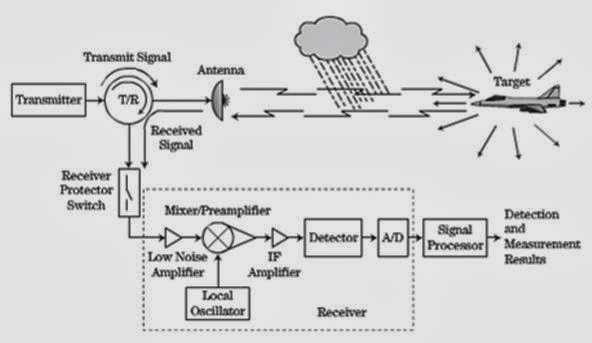STANAG 3910
The desire to increase the transmission rate from 1Mbit/sec motivated the evolution of STANAG 3910 which is able to provide 20M bit/sec Data rate.
Its has capacity to transmits 132 blocks of 32 words which includes 4096 words. whereas MIL-STD-1553B has only capacity to send 32 words.
It has 31 remote terminal as MIL-STD-1153B has.
its can be interface with MIL-STD-1553B by using starter coupler. A bus controller encodes the instructions by Manchester Encoding





